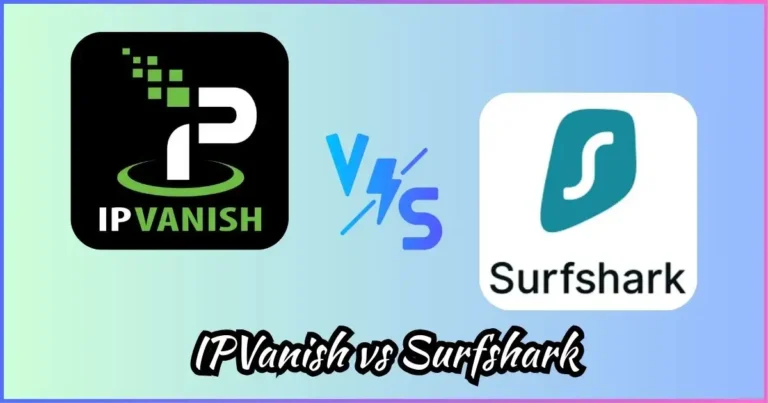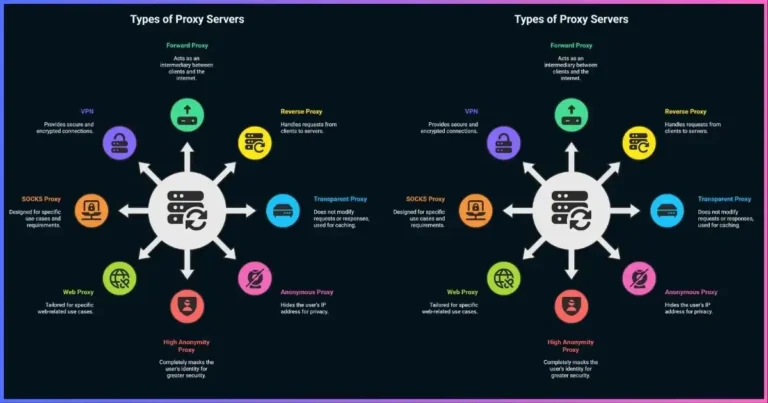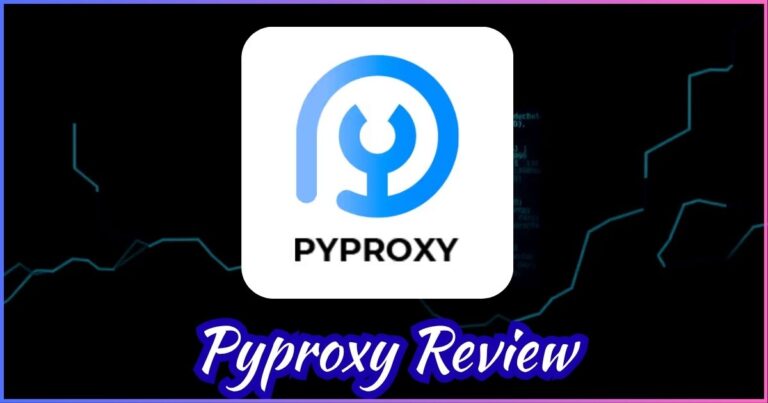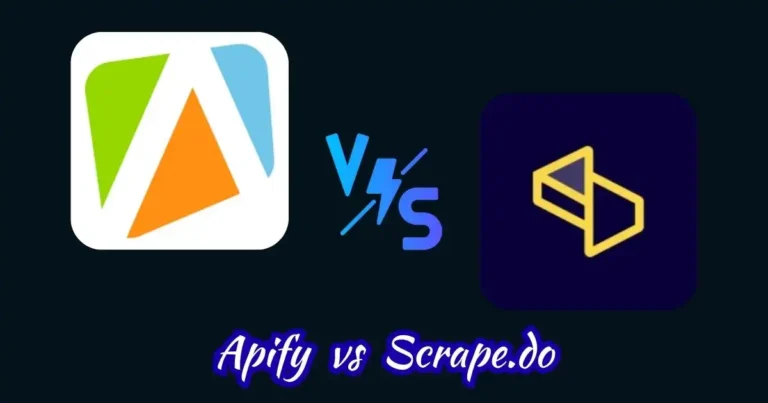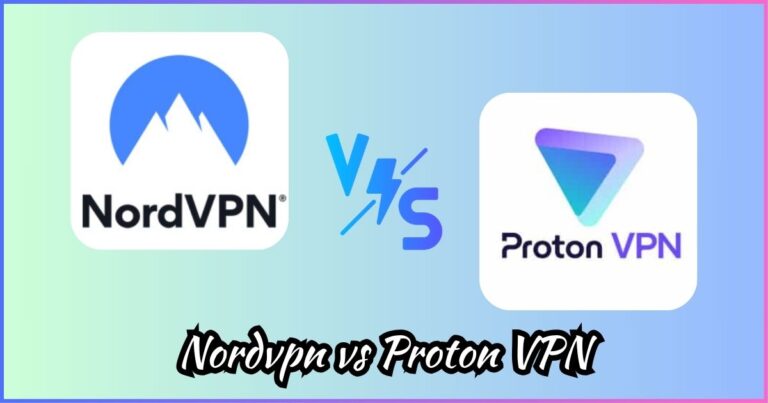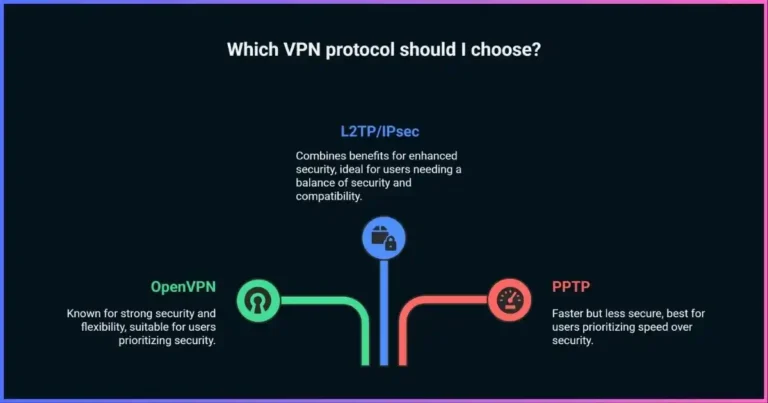ScraperAPI vs ScrapingAnt: Complete Comparison Guide
Discover which web scraping API delivers the best performance, pricing, and features for your data extraction needs
Table of Contents
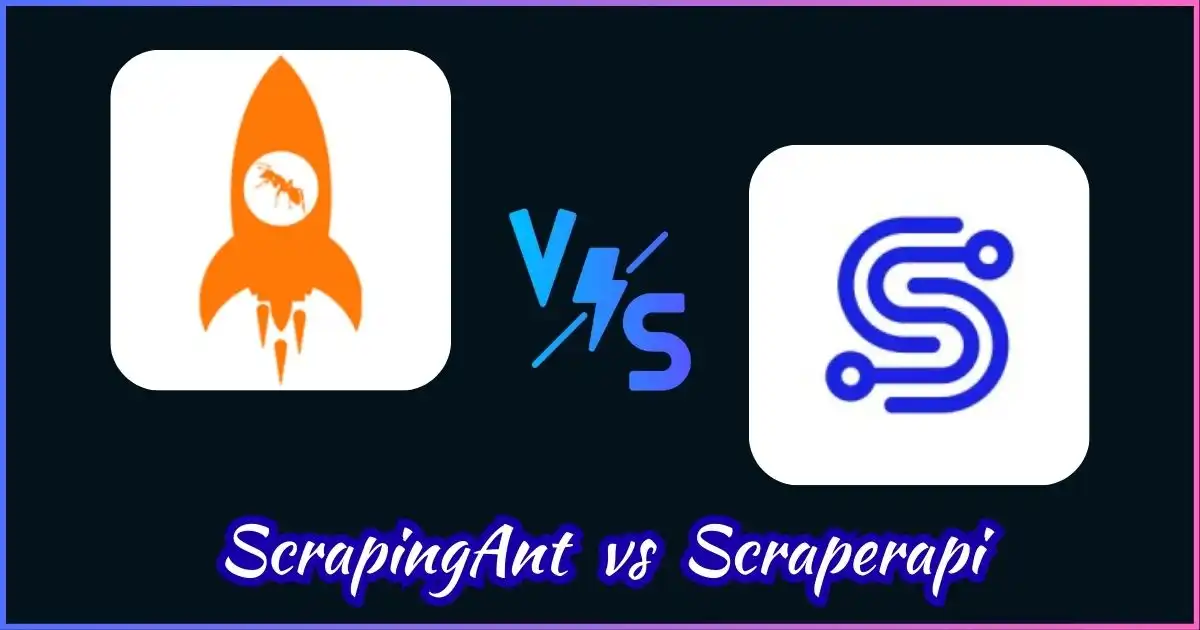
When choosing between ScraperAPI vs ScrapingAnt, developers and businesses need comprehensive data to make informed decisions. Both services offer powerful web scraping capabilities, but they differ significantly in performance, pricing, and feature sets. This detailed comparison analyzes real-world performance data, pricing structures, and feature availability to help you determine which ScrapingAnt vs scraperapi solution best fits your web scraping requirements.
ScraperAPI, founded in 2018, has established itself as a mature web scraping service with a focus on reliability and comprehensive features. Meanwhile, ScrapingAnt, launched in 2020, positions itself as a cost-effective alternative with unlimited concurrency and competitive pricing. Understanding these differences is crucial for selecting the right API for your data extraction projects.
Our analysis covers performance benchmarks from independent testing, detailed pricing breakdowns, feature comparisons, and real-world use case scenarios. Whether you’re a startup looking for budget-friendly solutions or an enterprise requiring high-performance data extraction, this guide provides the insights needed to make the right choice.
Quick Comparison Overview
ScraperAPI
- 63% success rate
- 11.4s average speed
- $4.72 per 1,000 requests
- Founded 2018
- Mature ecosystem
ScrapingAnt
- 34% success rate
- 11.0s average speed
- $1.81 per 1,000 requests
- Founded 2020
- Budget-friendly option
Performance Analysis
Performance is arguably the most critical factor when comparing scraperapi vs ScrapingAnt. Our analysis is based on independent benchmarks from Scrapeway, which tests popular web scraping targets weekly. The data reveals significant differences in success rates, response times, and overall reliability between these two services.
Key Performance Findings
- ScraperAPI: 63% success rate (above industry average of 59.3%)
- ScrapingAnt: 34% success rate (below industry average)
- Speed difference: ScrapingAnt is 0.4 seconds faster on average
- Reliability: ScraperAPI demonstrates more consistent performance
Success Rate Analysis
ScraperAPI’s 63% success rate significantly outperforms ScrapingAnt’s 34% success rate. This nearly double success rate means ScraperAPI successfully retrieves data from challenging websites more consistently. For businesses requiring reliable data extraction, this difference can impact project timelines and data quality substantially.
Response Time Comparison
While ScrapingAnt edges out ScraperAPI in speed by 0.4 seconds (11.0s vs 11.4s), both services perform below the industry average of 9.4 seconds. The minimal speed difference suggests that other factors like success rate and reliability should weigh more heavily in decision-making.
Pricing Comparison
The pricing structure represents one of the most significant differentiators in the ScrapingAnt vs scraperapi debate. ScrapingAnt positions itself as a budget-friendly alternative, while ScraperAPI offers premium features at higher price points. Understanding the true cost per successful request is crucial for accurate budget planning.
| Plan | ScraperAPI | ScrapingAnt |
|---|---|---|
| Entry Plan | $49/month 100,000 credits | $19/month 100,000 credits |
| Mid-tier Plan | $149/month 1,000,000 credits | $49/month 500,000 credits |
| Business Plan | $299/month 3,000,000 credits | $249/month 3,000,000 credits |
| Concurrency | 20-100 requests | Unlimited |
| Cost per 1,000 | $4.72 | $1.81 |
Cost Effectiveness Analysis
While ScrapingAnt offers lower upfront costs, the true value calculation must consider success rates. ScraperAPI’s higher success rate means fewer failed requests and more reliable data extraction. When factoring in the cost per successful request, the pricing gap narrows significantly, making ScraperAPI competitive for mission-critical applications.
Cost Per Successful Request
- ScraperAPI: $7.49 per 1,000 successful requests (factoring 63% success rate)
- ScrapingAnt: $5.32 per 1,000 successful requests (factoring 34% success rate)
- Difference: ScrapingAnt remains 29% cheaper per successful request
Feature Comparison
Feature availability and capabilities significantly impact the scraperapi vs ScrapingAnt decision. Both services offer core web scraping functionality, but they differ in advanced features, integration options, and additional tools. Understanding these differences helps align service capabilities with specific project requirements.
Integrations
Geolocation
Proxy Support
| Feature | ScraperAPI | ScrapingAnt |
|---|---|---|
| JavaScript Rendering | Extra cost | Extra cost |
| Custom JS Evaluation | No | Up to 60s |
| Screenshots | No | Full/Visible |
| Session Support | 15min IP | Persistent IP |
| Webhook Support | Yes | Yes |
| Browser Control | No | No |
Unique Features
ScraperAPI Exclusives
- Structured data for Amazon, Google, Walmart
- Autoparse JSON extraction
- DataPipeline scheduling tool
- Mobile proxy support
ScrapingAnt Exclusives
- Unlimited concurrency
- Screenshot capabilities
- Custom JavaScript evaluation
- AI-powered structured data parser
ScraperAPI offers more comprehensive language support and specialized features for popular e-commerce platforms, making it suitable for structured data extraction projects. ScrapingAnt focuses on flexibility with unlimited concurrency and advanced JavaScript capabilities, appealing to developers requiring custom solutions.
Use Cases and Recommendations
Choosing between ScrapingAnt vs scraperapi depends heavily on specific use cases, project requirements, and budget constraints. Different scenarios favor one service over the other based on performance needs, feature requirements, and cost considerations.
Choose ScraperAPI When:
- Reliability is critical for your business
- You need structured data from major e-commerce sites
- Working with diverse programming languages
- Requiring enterprise-grade support
- Budget allows for premium features
- Need mobile proxy capabilities
Choose ScrapingAnt When:
- Budget is a primary concern
- You need unlimited concurrent requests
- Custom JavaScript execution is required
- Screenshot functionality is needed
- Working on experimental or prototype projects
- Flexibility over reliability is acceptable
Industry-Specific Recommendations
E-commerce and Retail
ScraperAPI’s structured data capabilities and higher success rates make it ideal for product monitoring, price tracking, and inventory management across major platforms like Amazon and Walmart.
Market Research
ScrapingAnt’s unlimited concurrency and lower costs suit market research firms conducting large-scale data collection across multiple sources simultaneously.
SEO and Digital Marketing
ScraperAPI’s reliability and SERP-specific features benefit SEO agencies requiring consistent search result data for client reporting and competitor analysis.
Startups and Development
ScrapingAnt’s budget-friendly pricing and flexible features make it attractive for startups and developers building MVPs or testing scraping strategies.
Pros and Cons
A balanced assessment of scraperapi vs ScrapingAnt requires examining both advantages and limitations of each service. Understanding these trade-offs helps make informed decisions based on specific project needs and constraints.
ScraperAPI Pros
- Higher success rate (63% vs 34%)
- Comprehensive language support
- Structured data extraction
- Mature platform with established reputation
- Enterprise-grade support
- Mobile proxy capabilities
- Advanced scheduling features
ScraperAPI Cons
- Higher pricing ($4.72 vs $1.81 per 1K)
- Limited concurrency on lower plans
- No screenshot capabilities
- No custom JavaScript evaluation
- Credits don’t carry over
- Limited geolocation on entry plans
- Charges for some blocked requests
ScrapingAnt Pros
- Significantly lower costs
- Unlimited concurrency on all plans
- Screenshot functionality
- Custom JavaScript evaluation
- More geolocation options (15 countries)
- AI-powered data parsing
- Lower entry barrier
ScrapingAnt Cons
- Lower success rate (34% vs 63%)
- Limited language integrations
- Newer platform with less market presence
- No mobile proxy support
- Basic web interface
- Credits don’t carry over
- Charges for blocked requests
Related: ScrapingAnt vs Scrape.do
Related: Apify vs ScrapingAnt
ScraperAPI vs ScrapingAnt Conclusion
The choice between ScraperAPI vs ScrapingAnt ultimately depends on your specific requirements, budget, and performance expectations. ScraperAPI emerges as the superior choice for businesses requiring reliability, comprehensive features, and consistent performance, despite its higher cost. The 63% success rate significantly outperforms ScrapingAnt’s 34%, making it more suitable for mission-critical applications where data quality and consistency are paramount.
ScrapingAnt represents an excellent budget-friendly alternative for cost-conscious projects, startups, and developers who can work with lower success rates in exchange for substantial cost savings. Its unlimited concurrency, screenshot capabilities, and custom JavaScript evaluation features provide unique value propositions that may outweigh the reliability concerns for specific use cases.
Final Recommendations
ScraperAPI Best For:
- • Enterprise applications
- • E-commerce data extraction
- • Production environments
- • Multi-language projects
ScrapingAnt Best For:
- • Budget-conscious projects
- • High-volume scraping
- • Prototype development
- • Custom JavaScript needs
Both services offer free trial periods, allowing you to test their capabilities with your specific use cases before committing to a paid plan. We recommend starting with the free tiers to evaluate performance against your target websites and data requirements.
Ready to Start Scraping?
Choose the service that best fits your needs and start your free trial today.
Disclosure: We may earn commission for purchases that are made by visitors on this site at no additional cost on your end. All information is for educational purposes and is not intended for financial advice. Read our affiliate disclosure.

